Art at Chantry Middle School: Inspiring Young Artists
At Chantry, we believe that every child is an artist. Our art curriculum nurtures creativity, confidence, and self-expression by giving pupils the tools and opportunities to explore, experiment, and develop their own ideas. Pupils learn to use a wide range of materials and techniques while studying both historical and contemporary artists to inspire their work.
Lessons begin with a clear learning intention, building on prior knowledge through engaging bellwork activities. Teachers model new skills in small, manageable steps using tools like visualisers and guided demonstrations. Pupils are encouraged to explore their own ideas while developing technical skills in drawing, painting, sculpture, and mixed media.
Assessment in art is meaningful and supportive. Rather than writing over sketchbook work, teachers review books ahead of lessons and provide targeted, verbal feedback to small groups. Pupils are selected for guided support based on their previous work to help them make focused progress. Success criteria are shared at the start of tasks and used throughout for self, peer, and teacher assessment. Each child has a feedback sheet in the back of their sketchbook to track progress against learning goals.
We create a calm and purposeful environment where pupils feel safe to take creative risks. Mistakes are seen as part of learning, and students are encouraged to reflect on and refine their work. We support all learners—including those with SEND—through chunked modelling, visual aids, scaffolds, and regular check-ins.
Art at Chantry goes beyond the classroom. Pupils take part in enrichment activities such as art clubs, seasonal competitions, and creative projects like Remembrance Day poppies. Our students see themselves as real artists, exploring big ideas and expressing their voice through visual language.
At Chantry, art is a journey of discovery, creativity, and confidence.

